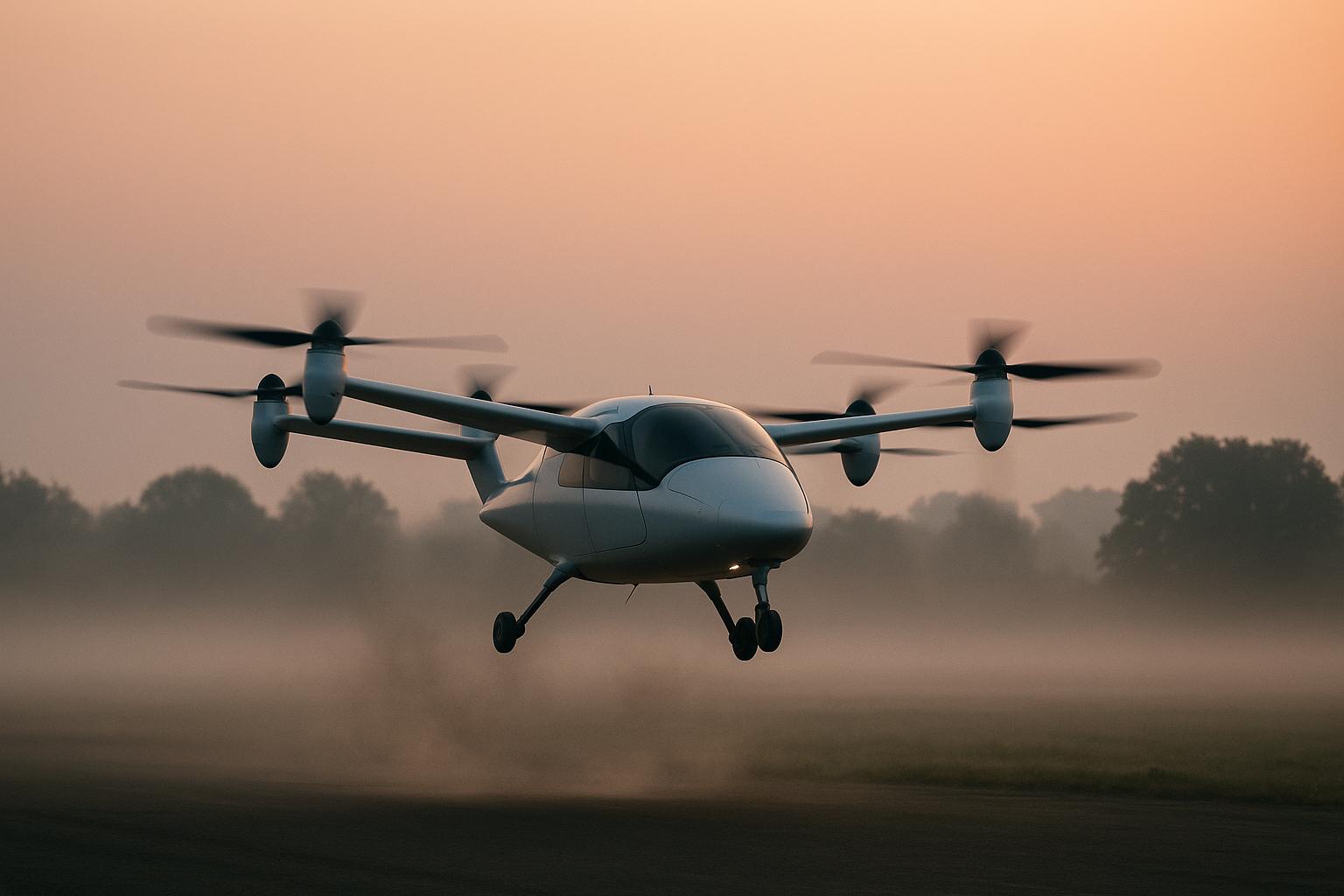The UK government has made a significant commitment to advancing sustainable aviation technologies by investing heavily in electric flight, with notable support going to Vertical Aerospace, a British company developing zero-emission vertical take-off and landing (VTOL) aircraft. This investment forms part of a broader £2.3 billion Future Flight programme, aimed at reducing aviation emissions and enhancing regional connectivity through innovative aerospace solutions. Vertical Aerospace’s flagship project, the VX4, a four-passenger electric aircraft, exemplifies this vision by offering a zero-emission alternative tailored for regional travel and urban air mobility.
The Future Flight programme is delivered through Innovate UK and seeks to nurture the UK’s aerospace industry by helping businesses develop technologies that reduce the environmental footprint of aviation. Vertical Aerospace is collaborating with key partners such as Bristow Helicopters, NATS, Skyports, and Oxfordshire County Council on the OxCam Advanced Air Mobility (AAM) Corridor demonstrator project. This initiative will integrate VTOL aircraft into the UK’s transportation network and culminate in test flights showcasing electric aviation's potential for sustainable regional air services. Beyond aviation, such advancements are anticipated to boost tourism by improving accessibility to remote areas and smaller airports, thus stimulating local economies.
Vertical Aerospace’s VX4, designed and manufactured in the UK with contributions from global partners like Honeywell and GKN Aerospace, boasts advanced features including next-generation propellers and proprietary battery technology developed at the Vertical Energy Centre near Bristol. This battery system can deliver up to 1.4 MW of peak power, enabling the aircraft to reach cruising speeds of up to 150 mph. As part of certification efforts coordinated with UK and European aviation authorities, Vertical Aerospace is also progressing system certifications through an expanded partnership with Honeywell, targeting operational readiness by 2028 and deliveries starting in 2030.
The company has further strengthened its commercial position through collaboration with Bristow Group, which has committed to purchasing up to 50 VX4 aircraft with options for more, aiming to leverage Bristow’s existing aviation infrastructure to reduce operational costs by as much as 60-70 percent. Vertical Aerospace is also exploring long-range hybrid-electric variants of the VX4, targeting expanded applications in defense and logistics with ranges up to 1,000 miles and enhanced payload capacities, reflecting growing market demand for versatile electric air vehicles.
The UK’s substantial funding commitment towards clean air travel technologies, including £250 million dedicated to clean tech development across the aerospace sector, supports broader innovation efforts such as hydrogen infrastructure, fuel cell systems, and lightweight materials. This financial support is part of a strategic effort to build a robust aerospace supply chain encompassing both large companies like Airbus and Rolls-Royce and smaller innovators, underpinning the nation’s ambition to position itself as a leader in sustainable aviation.
Despite promising progress, Vertical Aerospace faces challenges including regulatory approval, battery technology limitations, financial sustainability, and public acceptance. The company completed phase one of VX4 prototype testing in 2024 with promising results, including 1,500 pre-orders valued at $6 billion from major airlines. However, concerns remain over funding continuity and the technical hurdles that come with pioneering new aviation technology. Still, with sustained government backing and industry partnerships, the development of electric VTOL aircraft like the VX4 is poised to transform regional air transport, reduce carbon emissions, and reshape how people travel and explore within the UK and beyond.
📌 Reference Map:
- Paragraph 1 – [1], [2]
- Paragraph 2 – [1], [4]
- Paragraph 3 – [7], [3]
- Paragraph 4 – [4], [5]
- Paragraph 5 – [2]
- Paragraph 6 – [6], [3]
Source: Noah Wire Services
